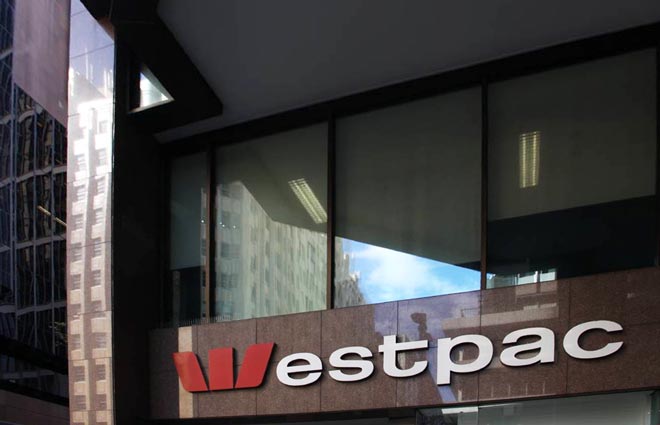From The Conversation.
Studies of European countries show that bank taxes similar to the 0.06% bank levy introduced by the government in the 2017 federal budget will be largely borne by customers, not shareholders.

The levy could also make the banking system more, rather than less risky. The fact that a bank is asked to pay the levy is a confirmation that it is “too big to fail”. This could in turn encourage riskier behaviour. The levy might also trigger a higher probability of default by reducing a bank’s after-tax profitability
But it is difficult to say whether banks will pass the levy on to customers by increasing their loan rates, fees or both.
In its response to the levy, NAB confirmed it will not just be borne by shareholders:
The levy is not just on banks, it is a tax on every Australian who benefits from, and is part of, the banking industry. This includes NAB’s 10 million customers, 570,000 direct NAB shareholders, those who own NAB shares through their superannuation, our 1,700 suppliers and NAB’s 34,000 employees. The levy cannot be absorbed; it will be borne by these people.
Aware of this problem, the government has asked the Australian Competition and Consumer Commission (ACCC) to undertake an inquiry into residential mortgage pricing. The ACCC can require banks to explain changes to mortgage pricing and fees.
When banks pass on these taxes
The bank levy is similar to taxes recently introduced by some G20 economies, including the UK. These had the dual purpose of raising revenues and stabilising the balance sheets of large banks in the aftermath of the global financial crisis.
An analysis of bank taxes in the UK and 13 other European Union countries shows that the extent to which taxes are passed on to customers depends on how concentrated the banking industry is.
The more the industry is dominated by a small number of banks, the greater the share of the tax that is passed on to customers and the less that is borne by shareholders. In more concentrated industries customers have relatively fewer alternative options and therefore tend to be less mobile across banks. This in turn gives the large banks greater market power to increase interest rates and fees without losing customers.
Australia’s banking industry is quite concentrated. In fact, we’re around the middle of the pack of OECD countries, much higher than the US, but lower than some European countries. From this we can surmise that at least some of the cost of the bank levy here will be passed on to borrowers through higher loan rates, fees or both.
An IMF study of G20 countries suggests that a levy of 20 basis points (i.e. 0.2%, approximately three times higher than the Australian government’s bank levy), could lead to an increase in loan rates of between 5 and 10 basis points. This means that the monthly repayment on a loan (assuming an initial rate of 5.5%) would increase by approximately A$6 for every A$100,000 borrowed.
The IMF also found that the bank levy doesn’t just hit customers. A 0.2% levy would reduce banks’ asset growth rate by approximately 0.05% and permanently lower real GDP by 0.3%.
The impact on customers
If the banks pass on the levy to customers then it becomes just another indirect tax, similar to the GST. The question then is whether this is regressive – does it have a greater impact on those on lower incomes than higher incomes.
Lower income earners are likely to borrow less than higher income earners. However, lower income earners are also less able to bear an interest rate increase. They are also more likely to be excluded from borrowing when the cost of borrowing increases.
In this sense, then, if the bank levy is passed on to customers it could become a barrier to home ownership for some lower income borrowers.
More generally, if the value of bank transactions is a higher proportion of low incomes than of high incomes, then the bank levy would operate as a regressive tax and contribute to sharpening (rather than smoothing) inequalities.
Both of these would be unintended, but undesirable, consequences of the levy.
Authors: Fabrizio Carmignani, Professor, Griffith Business School, Griffith University; Ross Guest, Professor of Economics and National Senior Teaching Fellow, Griffith University





